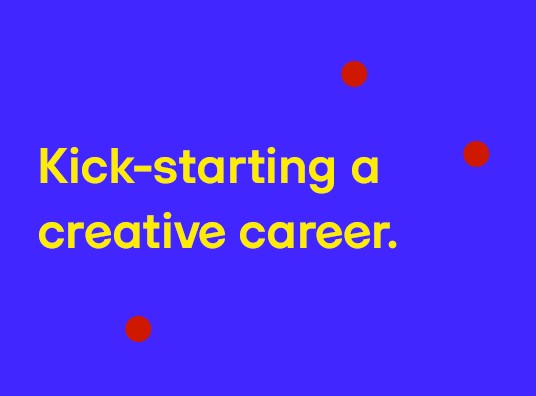A moving picture: design and motion
The world of design never stays still, as Design Director Mark demonstrates in this look at the importance of motion in design.
As screens, projections and augmented experiences continue to permeate every aspect of our lives, the skills required by designers are further blurring.
Imagining and defining how a brand will come to life across all touchpoints necessitates a good understanding of designing for motion.
There is an ever-increasing need for designers to understand how to design for motion. This shouldn’t be seen as a concern but a great opportunity to adapt, develop our knowledge and explore all the possibilities it offers.
Motion in branding is nothing new but it’s becoming much more common to see it being used as part of the big idea as opposed to simply bringing a 2D logo to life with animation for an ident or sting. Over the last few months there have been a few great examples of this:
Netflix
The new Netflix identity centres around a simple, but brilliant idea called ‘The stack’. Motion helps express the infinite and expansive catalogue where there is always something more to see. It’s a system that can be seamlessly adapted to any format, device or platform, creating a consistent brand experience. What better way to reflect the Netflix service.
Channel 4
Channel 4 unveiled their new look recently and it didn’t disappoint. As usual, they have been fearlessly creative in their exploration of what channel branding can be. In this incarnation they have deconstructed the famous Lambie Nairn blocks and used motion (and other elements like colour) to create a design system that is playful, surprising and ever-changing. This in conjunction with Glazer’s indents clearly reflects their ambition to be a diverse, challenging and innovative channel.
Into Film
This new identity system created for the film education charity Into Film was designed from a motion-first standpoint. The dynamic mark is energetic and playful. It is used as a window into the film content that aims to inspire and capture the imagination of a new generation of film makers.
Getting these things right is a real art. Timing and easing is key. The way a system moves, feels and responds to a user’s actions, as well as the way it looks, plays a massive role in brand perception. Get this wrong and it can make the site feel clunky, disjointed and unpleasant to use. And gratuitous use of animation can frustrate people. Designers need to understand the possibilities and use them when they have good reason.
A few inspiring examples that I’ve seen recently:
http://www.beoplay.com/products/beoplayh7
https://spotify-foundthemfirst.com & https://spotify-tasterewind.com
I’m not suggesting all designers should be able to animate or shoot video, just as I don’t believe designers need to be able to code websites. But a certain level of knowledge, understanding and a change in mindset is becoming important. Imagining and defining how a brand will come to life across all touch points necessitates a good understanding of designing for motion.
---
This article was originally featured on Creative Bloq.


